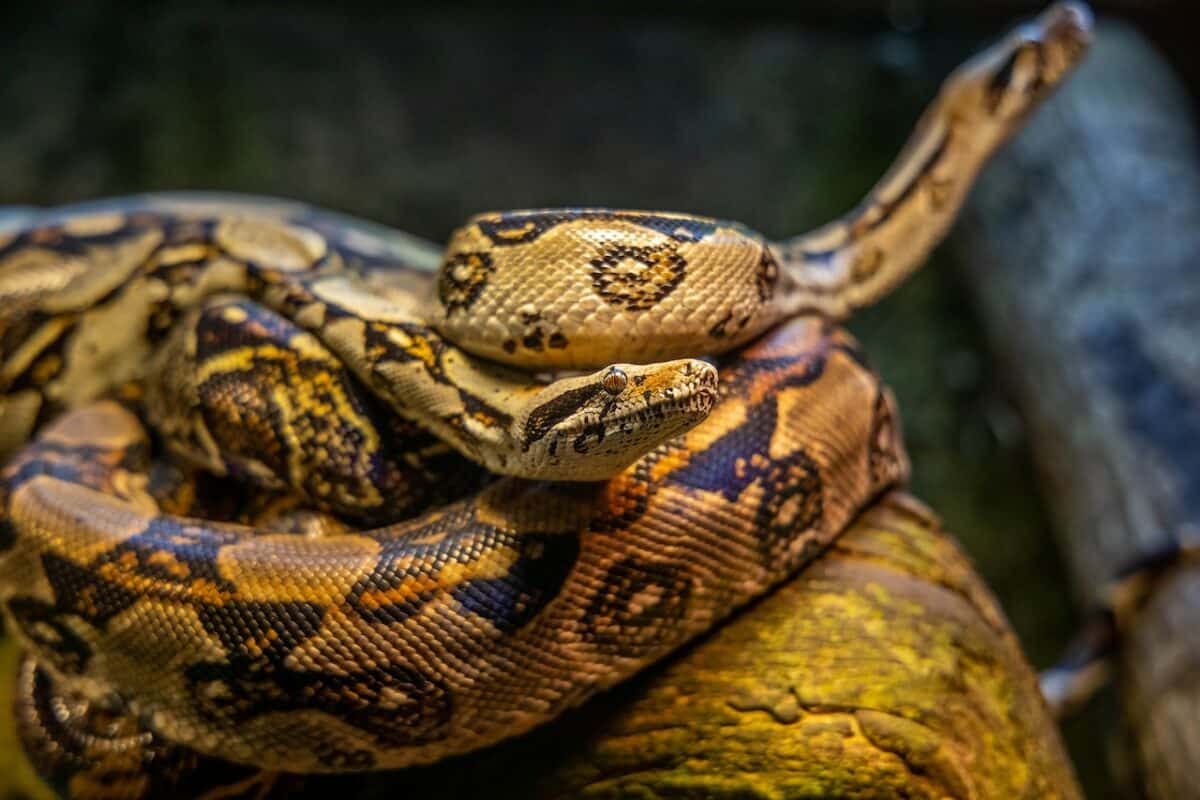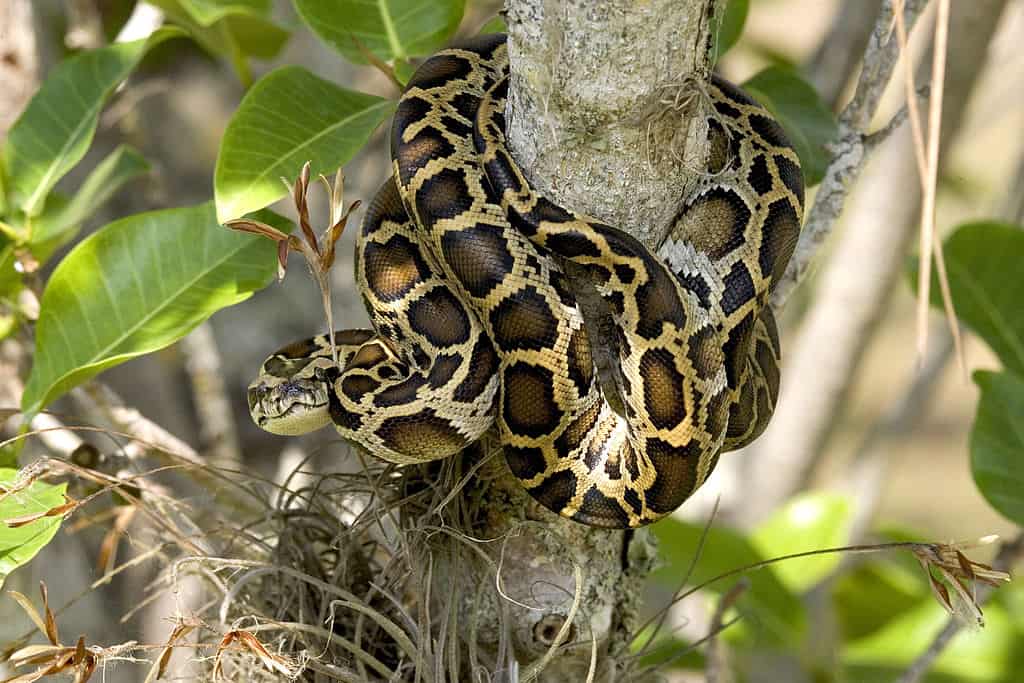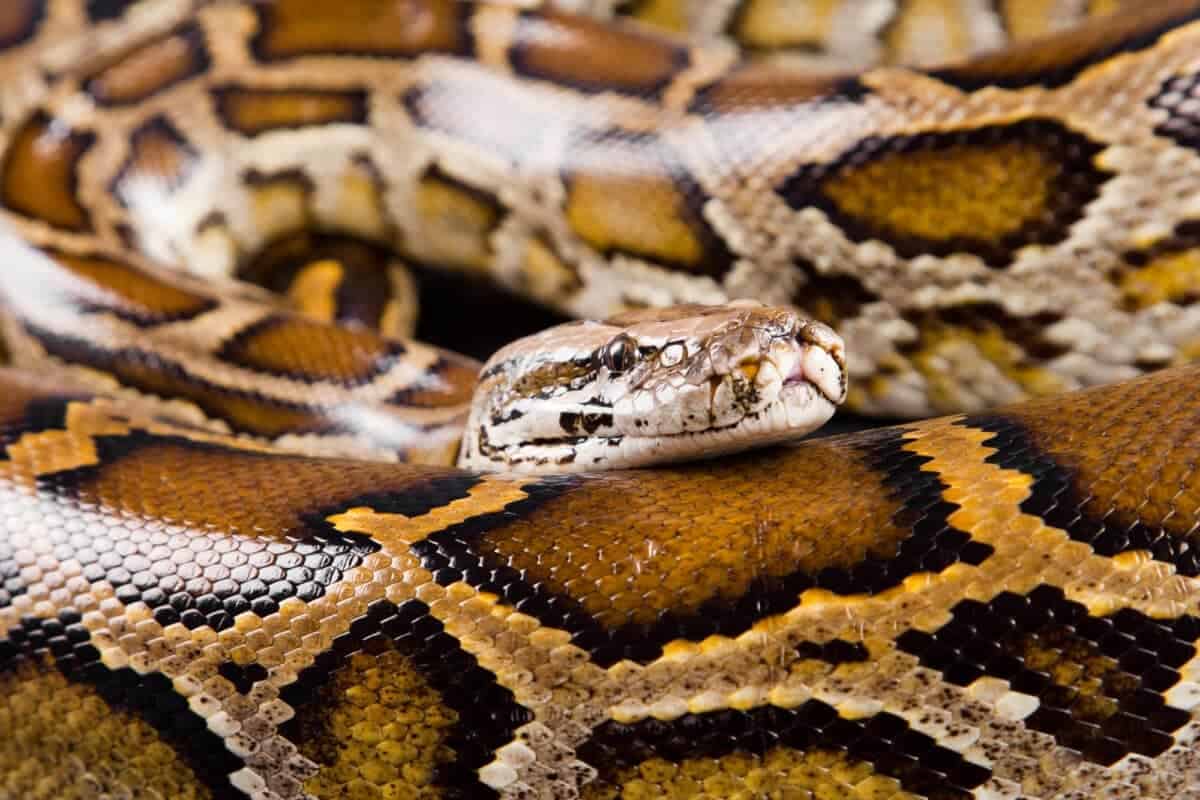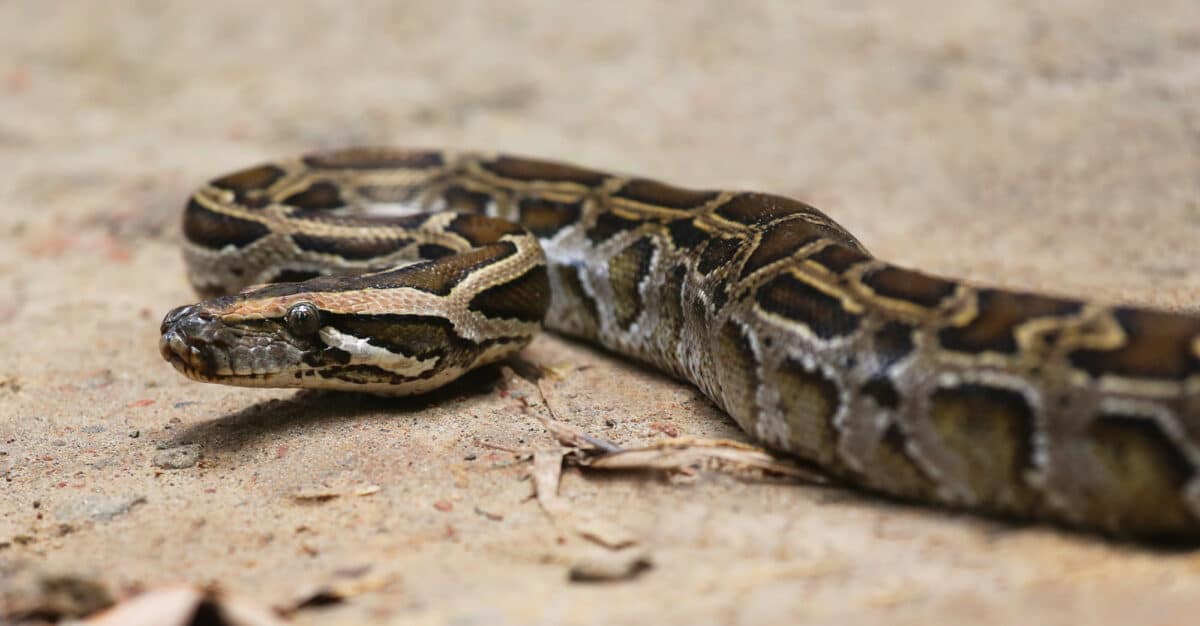In the sun-dappled waters of the Florida Everglades, a silent menace slithers stealthily through the undergrowth. The Burmese python, a giant of the reptilian world, has woven itself into the fabric of this delicate ecosystem with devastating consequences. Originally imported as exotic pets, these serpents have become apex predators, disrupting the ecological balance and posing a threat to native wildlife. In this article, we delve into the python invasion, examining its origins, effects, and the challenges of curbing this ecological crisis.
Origins of the Python Invasion

The story of Burmese pythons in the United States began in the 1980s and 1990s, when they became popular in the exotic pet trade. Attracted by their striking appearance and manageable size when young, many enthusiasts brought these snakes into their homes. However, as they grew to their full length of up to 20 feet, some owners found them unmanageable and released them into the wild, unwittingly setting the stage for an ecological disaster.
Rapid Reproduction and Spread

Once in the wild, Burmese pythons found the warm and wet conditions of the Everglades ideally suited to their needs. With plentiful food and no natural predators, they multiplied rapidly. A female python can lay between 50 to 100 eggs at a time, leading to exponential population growth. Today, it is estimated that tens of thousands of these snakes are silently infiltrating Florida’s wetlands.
Impact on Native Wildlife

Burmese pythons are formidable carnivores, capable of preying on a wide variety of animals. Studies show that their dietary range includes mammals, birds, and even alligators. Since their introduction, alarming declines in native wildlife populations have been observed, including raccoons, opossums, and deer. The python’s impact extends to endangered species as well, jeopardizing efforts to conserve these precious fauna.
Challenges in Managing the Invasion

Controlling the python invasion is no small task. The vast, inaccessible terrain of the Everglades makes traditional eradication methods impractical. Despite attempts using traps, trained dogs, and even Python Patrol teams, these elusive snakes continue to thrive. The sheer scale of the habitat and the python’s cryptic nature pose significant hurdles to effective management.
Role of Citizen Science

Citizen science has emerged as a crucial tool in tracking and controlling the python population. Through programs like the Florida Python Challenge, members of the public are encouraged to participate in organized hunts to remove pythons from the wild. These initiatives not only reduce python numbers but also raise public awareness about the invasion.
Research and Innovation

Scientific research is key to unraveling the mysteries of the Burmese python. Biologists are studying python biology and behavior to devise innovative control strategies. Recent advances include the use of radio telemetry to track pythons and genetic studies to understand population dynamics. This research is vital to developing effective long-term solutions.
Environmental Ramifications

The impact of the python invasion extends beyond the immediate loss of wildlife. The disruption of the food web affects plant communities and alters nutrient cycling, potentially changing the very landscape of the Everglades. These changes underscore the broader ecological implications of invasive species on native habitats.
Public Education and Advocacy

Raising public awareness about the ecological risks posed by invasive species is critical. Educational campaigns highlight the responsibilities of pet ownership and the importance of not releasing non-native species into the wild. Advocacy plays an essential role in fostering community support for conservation efforts and policy changes.
Policy and Legislation

Regulation of the exotic pet trade is a vital component of invasive species management. Enacting stringent importation and ownership laws can help prevent future invasions. In Florida, legislative measures have been introduced to limit the sale and possession of non-native reptiles, aiming to curb the influx of potentially invasive species.
The Role of Non-Profits

Non-profit organizations play an essential part in addressing the python crisis. By funding research, facilitating public education, and advocating for policy change, these groups contribute significantly to conservation efforts. Their work helps mobilize resources and coordinate efforts across different sectors to tackle invasive species effectively.
Hope for the Future

Despite the daunting challenges, there is hope for reclaiming the Everglades from the python invasion. Continued collaboration among scientists, policymakers, and the public is essential to devising effective management strategies. By combining research, technology, and community engagement, it is possible to restore balance to this unique ecosystem.
Conclusion: A Call to Action

The Burmese python remains a formidable invader, but the efforts of dedicated individuals and organizations offer a glimmer of hope. Through science, policy, and public involvement, we can stem the tide of this ecological crisis. Each of us has a role to play in safeguarding America’s natural heritage, ensuring the Everglades remain a sanctuary for native wildlife for generations to come.
- These Sea Creatures Can Survive Without a Brain - August 18, 2025
- This U.S. Park Has the Most Wild Wolves - August 18, 2025
- What Bears Eat Throughout the Year—and Why It Changes - August 18, 2025

